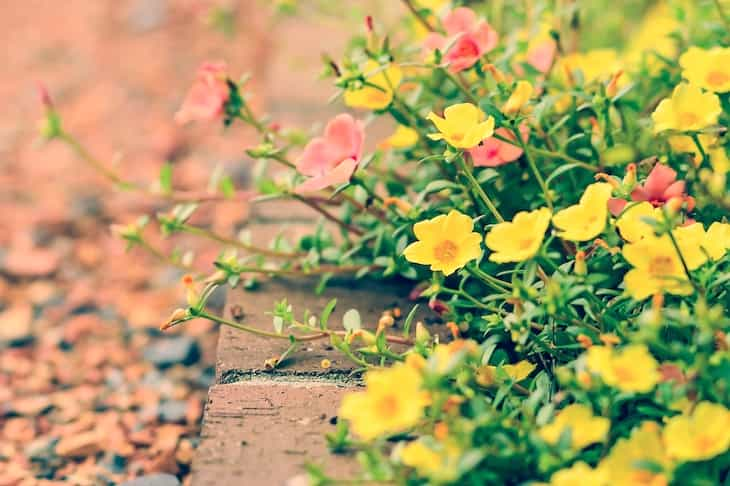If your garden can be easily flooded, then you constantly risk all your plants and harvest.
Snow, rains, or rivers can easily destroy all your hard work, so you have to protect the garden beds and the plants.
Here are a few tips on how you can do it.
Choose the right location
When planning your garden, select a spot that is not prone to flooding.
Avoid areas where water tends to accumulate or where runoff from higher ground flows.

Build raised beds
Construct raised beds by mounding soil or using raised garden bed frames.
Raised beds elevate your plants above ground level, reducing the risk of flooding.
Make sure the beds are wide and deep enough to accommodate your plants' root systems.
Improve soil drainage
Ensure that the soil in your garden beds has good drainage.
Add organic matter like compost or well-rotted manure to improve soil structure and water permeability.
Loose, well-draining soil helps excess water flow away rather than pooling around your plants.
Plant flood-tolerant species
Choose plants that can withstand periods of excess water.
Research and select flood-tolerant varieties suitable for your region.
These plants have adaptations that allow them to survive and thrive in damp conditions.
Create drainage channels
Dig shallow channels or trenches around your garden beds to redirect excess water away from the plants.
These channels can guide the water to a lower area or a suitable drainage system, preventing it from pooling around your plants.
Mulch your garden beds
Apply a layer of organic mulch, such as wood chips or straw, around your plants.
Mulch helps retain moisture in the soil while also reducing erosion.
It acts as a protective barrier during heavy rains and helps regulate soil temperature.
Monitor weather forecasts
Stay informed about upcoming weather conditions, especially heavy rainfall or flood warnings.
This allows you to take necessary precautions, such as covering your plants or reinforcing protective measures ahead of time.
Previously, we talked about growing honey mushrooms.









